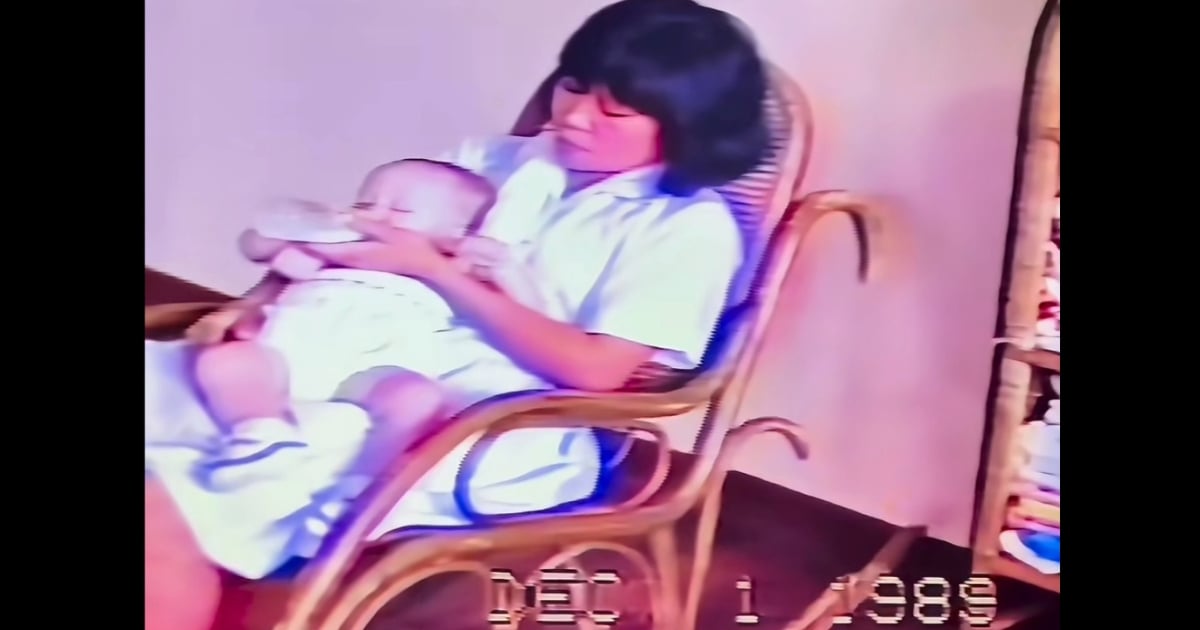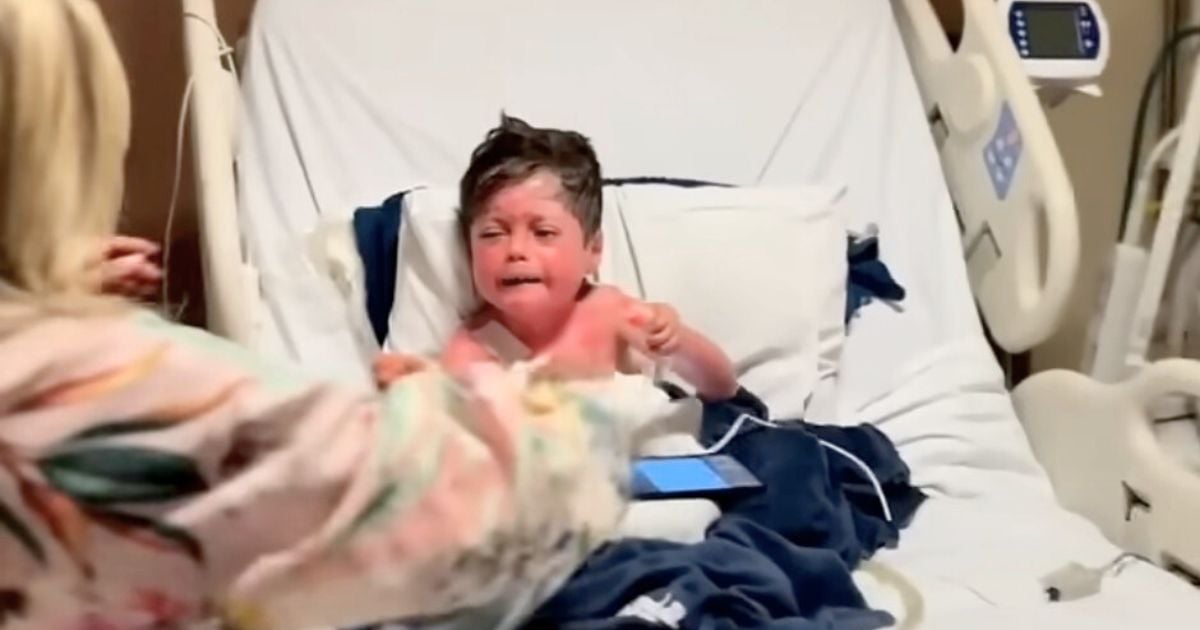Parents should be completely aware that safety is a top priority when it comes to caring for children, especially babies and toddlers. Since children are too young to figure out what’s safe for them to do or not, we adults need to make their surroundings safer for them to move about in.


What’s more surprising is that contrary to what most people think, being inside the house is not really a guarantee that our children are in a safe environment. If anything, parents should even be more careful when it comes to keeping hazards at bay while inside the home because this is the place where kids spend most of their time.
Even the soft fluffy pillows and blankets can be safety hazards for little kids if not managed carefully. Therefore, in order to help you make your home a safe place for your children, we have compiled 15 home safety hazards that you need to be mindful of. Here they are:
1. Electric sockets and cables
Being around electric sockets and cables can be really dangerous, especially for little children since they are not entirely aware of how these things can endanger their lives. Cables on the floor can result in tripping which can cause your child to hit their head on the floor.
Electrocution is, of course, the worst-case scenario and in order to prevent this from happening, children should not have access to the sockets at all. The installation of socket covers is a good way to keep the little ones from touching them. If you have any extension sockets, putting them in places that little children can’t reach is also a must.


2. Windows
Windows are highly hazardous parts of the house. Since they can be opened wide, children can possibly fall through them if parents or adults in the house are not carefully watching. In order to assure safety, windows should only be allowed to open up to four inches wide. If opened for more than this, a child could dangerously fall through.
Using window stoppers is the best way of making sure that all the windows in the house are safe for kids. If some windows in the house are part of your fire escape layout, you can add some mechanisms to quickly release these stoppers in cases of emergency. But on a daily basis, be vigilant of your kids if you do tend to crack the windows open.


3. House plants
Not all house plants are good for children. While these plants help in improving the air quality inside our homes, some toxic plants are not safe with kids around given that children tend to put things in their mouths all the time. It is better to choose non-toxic plants and avoid hazardous ones such as dieffenbachia and philodendron.
Another unsafe choice of house plants with kids are potted cacti simply because kids love to explore and touching these plants can cause pain and discomfort to the young ones.


4. Fireplace
Without question, this part of the house is certainly something to be mindful of when making your house as safe as possible for your children. Of course, the blazing fire is an obvious hazard but apart from it, the sharp edges of the hearth can also cause injuries to your kids. Choosing a soft border can be the solution to your fireplace safety hazards.


5. Pillows and bedding
Bedding in the child’s crib is very important. Just like in an adult’s bed, the mattress should be firm enough to make the baby comfortable. Too many pillows in the crib can be a risk especially for children below one-year-old. Babies can die from suffocation that’s why having more than enough pillows and a quilt in the crib is not advised.
Co-sleeping is also a risky set-up since little kids are exposed to thicker pillows and blankets in their parents’ bed, resulting in in a greater risk of suffocation if not watched carefully. Be sure to give your child his own crib to prevent the unthinkable from happening.


6. Bathtub
The most important rule when the baby is in the bath tub is to never leave them unattended. Children drown easily and with a distracted parent or caregiver, the risk of having an accident in the bath tub is definitely higher. The best way to achieve safety in the tub is probably losing all sources of distraction and making it a priority to finish bathing your child in the shortest possible time. And since the tub is slippery, it would help to place a rubber mat to avoid slips.


7. Bookshelves
The danger of having bookshelves when you have a baby is that books or anything on top of the shelves or even the shelves themselves might fall on your little one. Children tend to climb the shelves and to prevent accidents such as these make sure your shelves are anchored securely on the wall. Placing heavy books on the bottom part of the shelves is also a wise move.


8. Small toys and clutter
The tendency to swallow a small toy due to clutter is higher for children below three years of age, which is why parents with little children should be doubly mindful of leaving small objects lying around on the floor. Small pins and tiny toys are normally the main culprits for children accidentally swallowing objects.
Button batteries have also been noted as deadly whenever swallowed because they can burn the internal organs within a short amount of time. Providing toys that are big enough and not having small batteries for kids to play with is the best approach to maintain a safe household.


9. Painted walls
Painted walls can also pose risks when it comes to your children’s safety. Some vintage homes still have paint that contain lead in its components. If you happen to have this kind of home, you might want to hire an inspector to confirm if your wall paint contains lead. If not addressed correctly, having wall paint releases highly toxic lead that can be harmful to you and your children.


10. Floor
The floor is undeniably one of the dirtiest parts of our homes. If you have children who are still learning how to walk, you might want to make sure that your floor is clutter and filth-free. Toddlers tend to sit on the floor with their bare bums at times, which then exposes them to a lot of bacteria if your floor is not spotless.
Making sure that your floor is clean is always the best way to prevent any sickness or untoward incident.


11. Stairs and furniture corners
Children, especially toddlers, roam around the house without a care in the world of whether they are about to hurt themselves. Odds and ends in the house should be carefully identified so that your children are spared from having injuries because of sharp edges or corners, particularly in furniture and fixtures. Putting corner protectors is certainly a wise move. If your house has stairs, be sure to place the necessary barricade so that your little one does not injure themselves.


12. Cleaning products
Little kids follow their parents everywhere, even in the kitchen where a lot of hazardous items are found. Cleaning materials, for example, are often placed in cabinets under the sink, which is a space that can be easily reached by children. Ideally, the place where you put these cleaning materials should be unreachable by your little ones. But, if you don’t have that kind of space and they’re left under your sink in a cabinet, be sure to lock them securely after each use.


13. Crib
The crib is where your baby sleeps so you definitely need to make it as comfortable as possible. However, achieving comfort does not necessarily mean putting lots of soft pillows inside the crib. To take safety further, you must make sure that the crib your child is using meets the corresponding safety standards.
Some children love to put their heads through the slats which eventually leads to their heads getting caught in between. To prevent these kinds of episodes in your home, make sure that the gap between the slats prevent any possibility of your child’s head going through.


14. Pet food and water bowls
Pet food is not safe when you have children. For one, kids could easily mistake it as human food and they might try to take a bite out of curiosity. If they ever try to ingest the food, the possibility of choking is there since the size of the food might be too big for the child to swallow. Being around pet water bowls is also a drowning hazard for little kids.
The best way to prevent these incidents is to put these bowls of water and animal food away when kids are around. Placing animal food in areas where kids can’t reach is also a great idea.


15. Tablecloth
Finally, being aware of the dangers that a tablecloth can pose to your little kids is something that all parents should know. Children are always curious and love to tug on things. Just imagine your kid pulling on a loose side of the table cloth and ending up having cups and saucers fall over their head! That’s definitely something that we don’t want our kids to experience. The solution? Get rid of the tablecloth, of course. Who needs a chic-looking tablecloth when your child could get injured because of it.


These 15 home safety hazards may seem like common sense but can cause an unwanted accident if you turn your back on your child. Keep these hazards away from them and make sure you’re taking the necessary steps to ensure that your home is a safe space for any child.
Please SHARE this with your friends and family.














